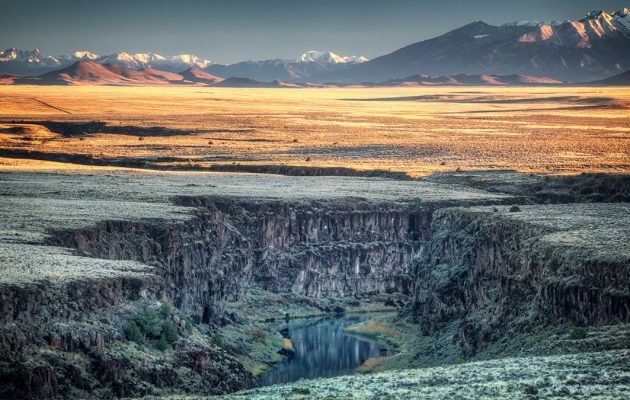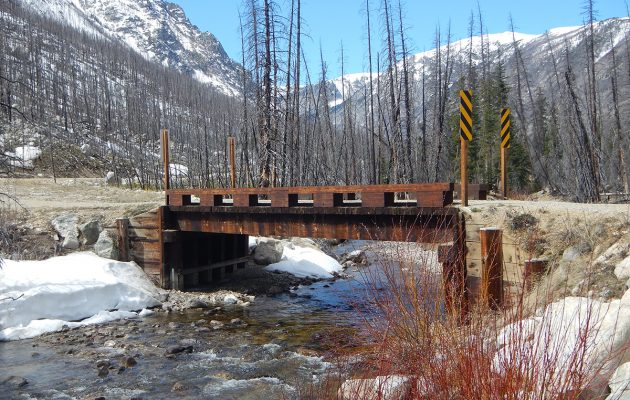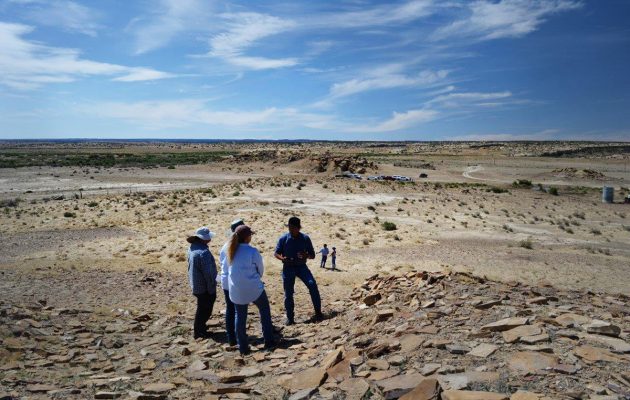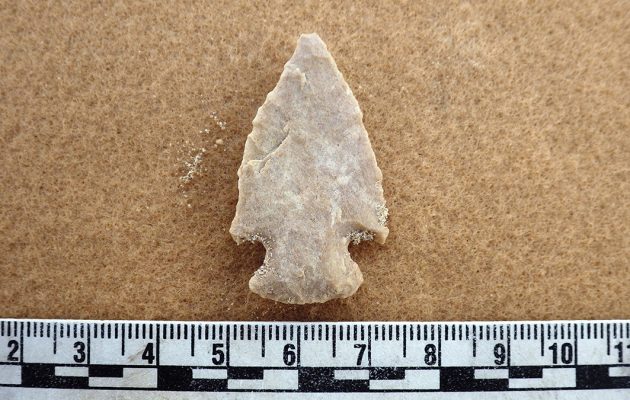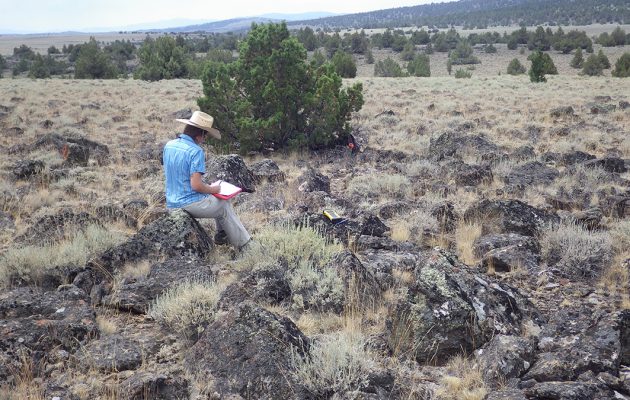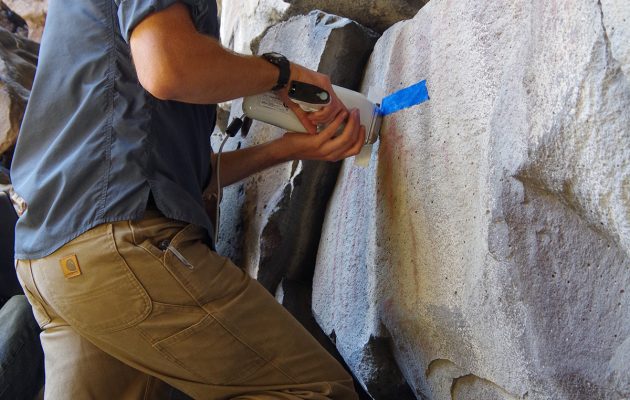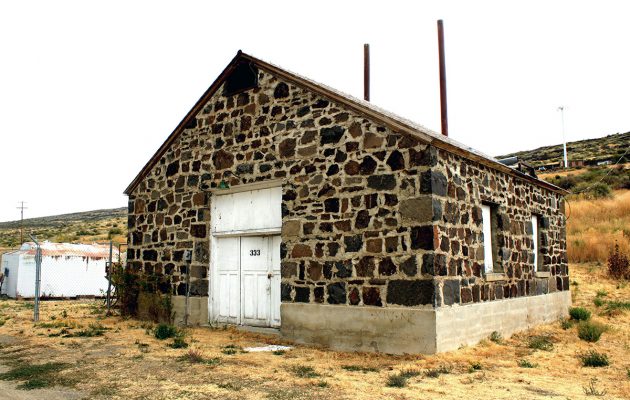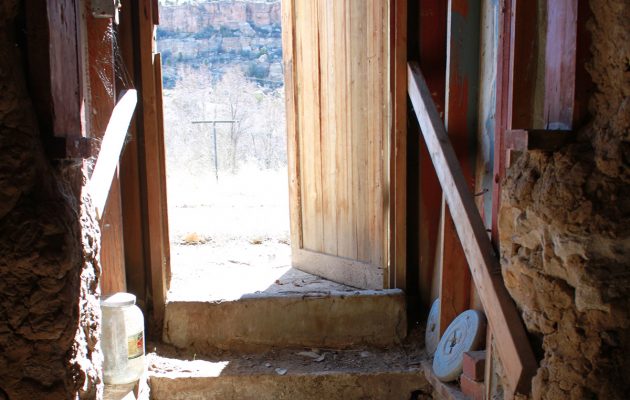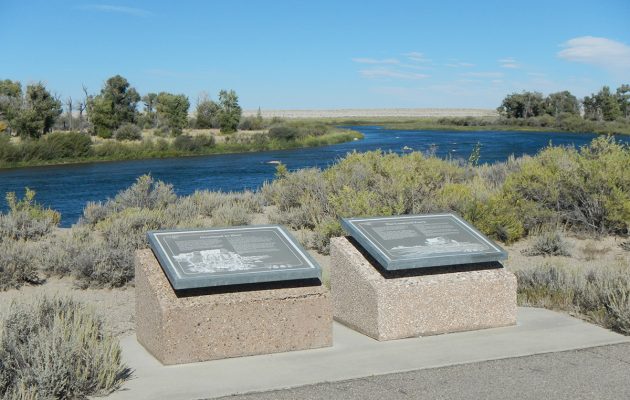BLM Missoula Field Office Visual Resource Inventory
- posted in
Logan Simpson completed a visual resource inventory (VRI) for the BLM’s Missoula Field Office encompassing the highly scenic landscapes of western Montana. This inventory area covers nearly 14 million acres, including the Bitterroot Valley and Mountains, Flathead Lake, and Bob Marshall and Scape Goat Wildernesses. The inventory also abuts the world-renowned scenery of Glacier National Park, and includes viewsheds shared by the park. The inventory data will be considered as baseline information as the field office embarks on the development of its resource management plan. Research and public outreach for this project revealed numerous planning documents aimed at protecting scenery and scenic viewsheds—reinforcing the importance that users place on the area’s visual resources. This information was taken into consideration during visual sensitivity ratings, and resulted in well-informed and accurate delineations of differing sensitivities within the field office. Based on the varying topographic features, common presence of water, and variety of vegetation and colors, this inventory has revealed the largest percentage of Class A scenery of any of the VRIs we have completed to date. Vertical mountain ranges, scenic lowlands, large lakes, clear flowing water, and lush vegetation lend to the distinct character of these landscapes, much of which appears as it did when original inhabitants, explorers, and early settlers crossed these lands. The National Historic Trail (NHT) visibility analyses for the Lewis and Clark NHT and Nez Perce NHT that we completed provided additional information for consideration in management of the historic travel that add to the history of the area.


